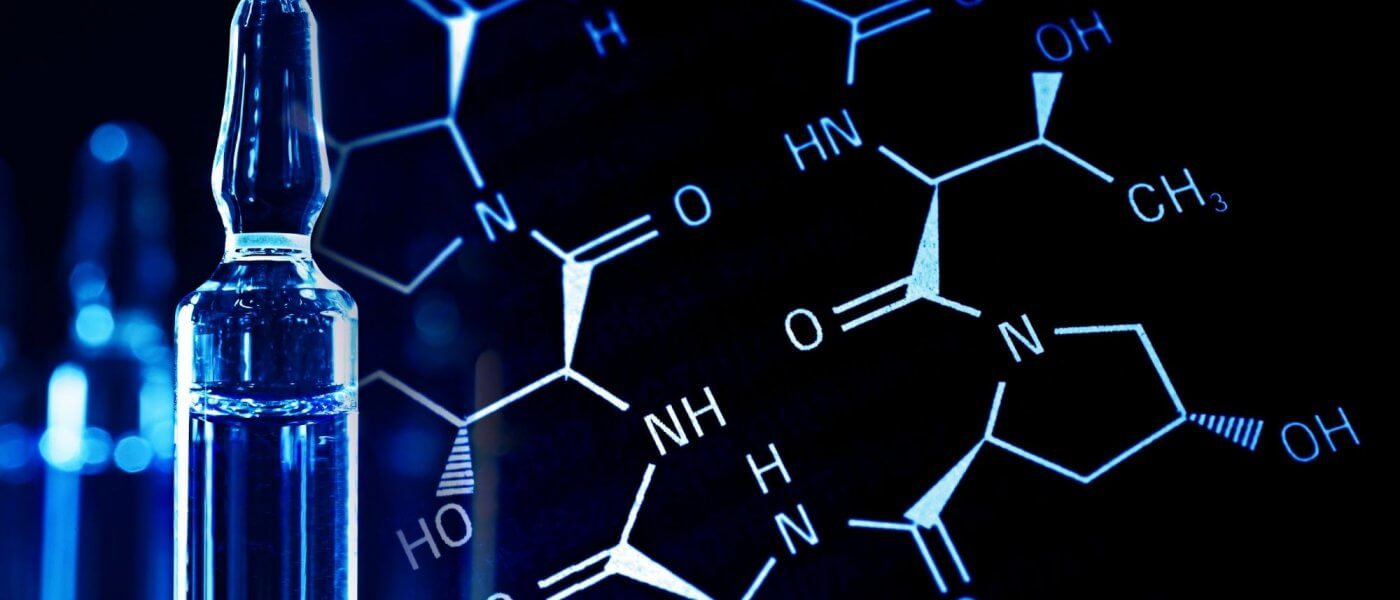PERIODIC TABLE
The periodic table of elements arranges all of the known chemical elements in an informative array. Elements are arranged from left to right and top to bottom in order of increasing atomic number. Order generally coincides with increasing atomic mass.

The rows are called periods. The period number of an element signifies the highest energy level an electron in that element occupies (in the unexcited state), according to the . The number of electrons in a period increases as one moves down the periodic table; therefore, as the energy level of the atom increases, the number of energy sub-levels per energy level increases.
Important Questions
1. Who explained Periodic law of Periodic table ?
=> Dmitri Mendeleev and Lothar Meyer (1869 A.d)
2. Who Given the Theory of Ionisation ?
=> Arrhenius (1887 A.D)
3. Who Discovered Radioactivity ?
=>Henri Becauerel (1896 A.D)
4. Who Discovered Radium and Polonium ?
=>Madam Cauri (1898 A.D)
5. Who first explain the relationship between Mass and Energy ?
=>Albert Einstein (1919 A.D)
6. Who discovered the Maximum number of Transuranic elements (man-made elements) ?
=>G.T Seaborg
7. Which was the first Man-made element , by whom and when ?
=>Technetium in 1937 by G.T Seaborg in University of California at Berkeley.
8. Which is the Most Abundant Element in the Universe ?
=>Hydrogen
9. What is the Boiling point of Methyl Alcohol ?
=>64.7 °C
10. What is the Constituent of Water ?
=>Hydrogen 11.8 % and Oxygen 88.2 %.
Water is made up of hydrogen ions (H+) linked to hydroxyl ions (OH-) to form H2O. The molecular formula for water is H2O. From this formula and the atomic weights for hydrogen and oxygen you can calculate that the molecular weight of water is approximately 18 grams.
18 grams of water can also be referred to as being 1 mole of water. A mole of a substance (e.g. water), contains a particular number of molecules. That number is 6.02 x 1023 and is often referred to as Avogadro’s number; named after Amedeo Avogadro, an Italian physicist.
Click here to read 1st part
Click here to read 3rd part
